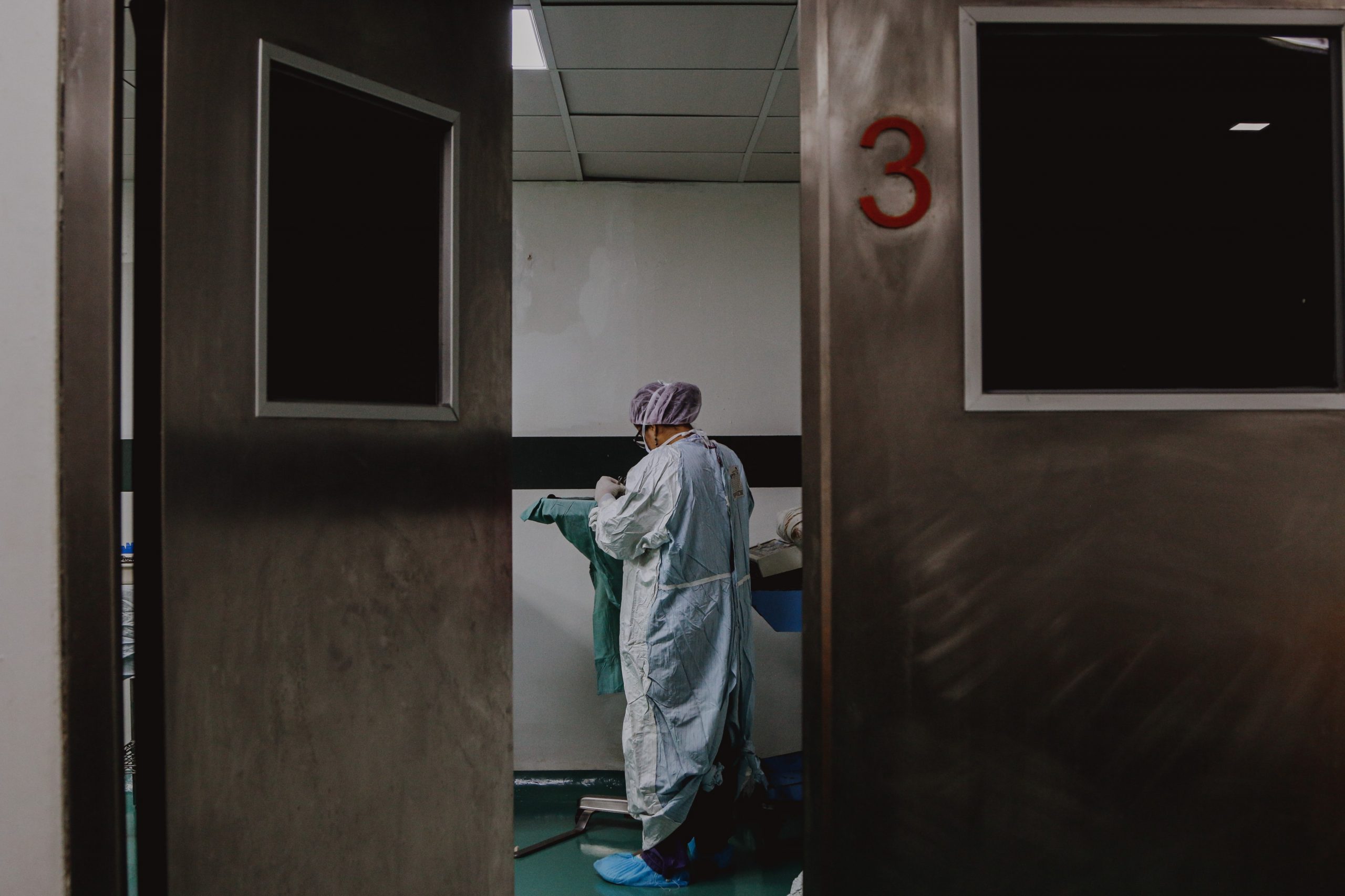The Reality of COVID-19 Infection Risk Among Healthcare Workers

Early this year, videos of healthcare workers (HCWs) from China went viral. They were shown worrying for their own and their family’s health after handling COVID-19 patients.
That fear reached our shores ever since Malaysia reported our first COVID-19 case, and unfortunately it was not left unfounded.
In mid-September, Health Minister Dr Adham Baba announced that since February, more than 600 HCWs in Malaysia have been infected with SARS-CoV-2, with 406 government hospital workers affected while the rest were from private and university hospitals.
Perhaps more chillingly, the Ministry of Health (MOH) revealed that 53% had been infected by their colleagues, 22% had contracted the virus from the community, and 17% was infected while attending to patients of unknown COVID-19 status.
Risk Factors
A study performed in the US and in the UK reported similar increased incidences of SARS-CoV-2 infection among HCWs compared with the public.
The risk was found to be especially high among Black, Asian, and minority ethnic HCWs and individuals with direct exposure to COVID-19 patients who also reported lack of PPE or were required to reuse PPE.
A separate review reported additional risk factors such as “work overload, poor infection control, and pre-existing medical conditions”, with the two important factors being work exposure and work overload.
MOH Released Updated HCW Management Guideline
On 14th August 2020, MOH released an updated version of the guideline “Management of Healthcare Worker During COVID-19 Pandemic” (Annex 21 of COVID-19 Management Guidelines Malaysia No. 5/2020).
It is a highly recommended read for all HCWs in Malaysia, as the guideline covered multiple aspects of HCW involvement, from practicing new norms in the healthcare setting to specific actions in various situations.
Challenges and Solutions
Despite having guidelines and emphasis on new norms, the biggest challenge remains: adherence. After all, rules are meant to be broken, right?

In all seriousness, the tendency to ignore or reject rules is very real.
In a Cochrane review on the views and experiences of HCWs handling respiratory illnesses, they found that several factors including the guideline itself, communication of the guideline, support from management and colleagues, training, physical space, access to and trust in PPE, and a desire to deliver good patient care affect HCWs’ adherence to infection prevention and control guidelines.
This proved that having guidelines is not enough. We also need to explore barriers and motivation among HCWs to ensure adherence to them.
Surveillance programmes may also prove helpful. University Malaya Medical Centre (UMMC) detailed their process of conducting contact tracing, risk assessment, surveillance and outbreak investigation in a paper.
They associated stringent surveillance measures with lesser nosocomial infections compared to hospitals in other countries (0.3% in comparison with 1.0-1.1% in hospitals based in Wuhan and Netherlands).
Conclusion
Although infection risks are high due to the nature of healthcare work, the fact that colleague transmission accounts for more than half of HCW infection cases in Malaysia means more needs to be done to prevent unnecessary risks of transmission.
As frontliners, HCWs need to walk the talk not only for the safety of patients, but also for the sake of their loved ones.
Before we part, here’s a solemn reminder from the Malaysian Medical Association (MMA) to all HCWs:
“The healthcare sector is the most important sector at this time in the battle against Covid-19. HCWs must ensure the highest standards of infectious disease control are maintained at all times. The coronavirus does not discriminate and anyone can be at risk.”
The opinions expressed in the article are the writer’s own and do not reflect the view of MPS YPC.
Cover photo by Unsplash













